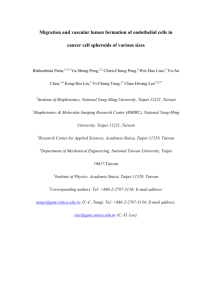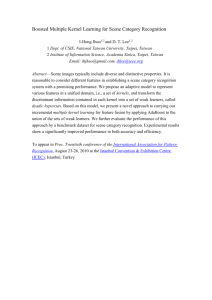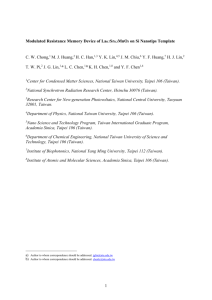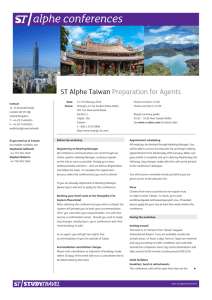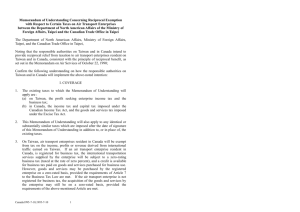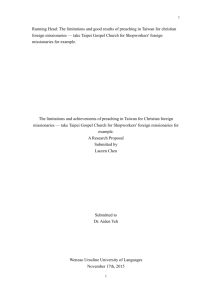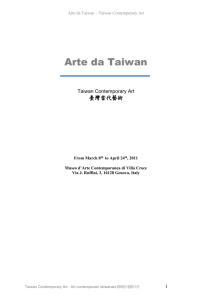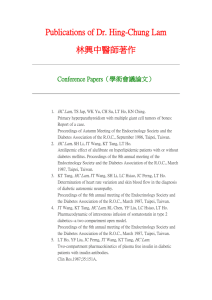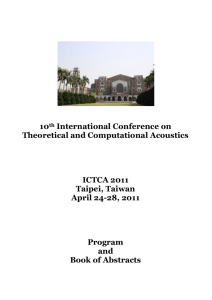Obtaining Geo-Acoustic Parameters using the Acoustic Inversion
advertisement
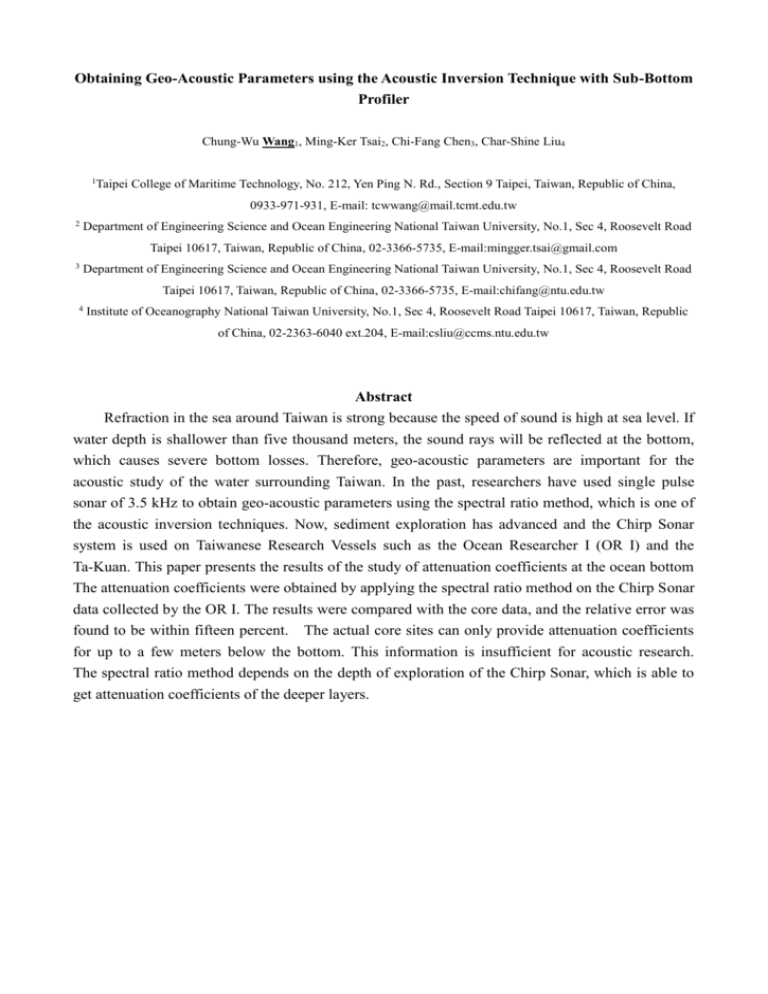
Obtaining Geo-Acoustic Parameters using the Acoustic Inversion Technique with Sub-Bottom Profiler Chung-Wu Wang1, Ming-Ker Tsai2, Chi-Fang Chen3, Char-Shine Liu4 1 Taipei College of Maritime Technology, No. 212, Yen Ping N. Rd., Section 9 Taipei, Taiwan, Republic of China, 0933-971-931, E-mail: tcwwang@mail.tcmt.edu.tw 2 Department of Engineering Science and Ocean Engineering National Taiwan University, No.1, Sec 4, Roosevelt Road Taipei 10617, Taiwan, Republic of China, 02-3366-5735, E-mail:mingger.tsai@gmail.com 3 Department of Engineering Science and Ocean Engineering National Taiwan University, No.1, Sec 4, Roosevelt Road Taipei 10617, Taiwan, Republic of China, 02-3366-5735, E-mail:chifang@ntu.edu.tw 4 Institute of Oceanography National Taiwan University, No.1, Sec 4, Roosevelt Road Taipei 10617, Taiwan, Republic of China, 02-2363-6040 ext.204, E-mail:csliu@ccms.ntu.edu.tw Abstract Refraction in the sea around Taiwan is strong because the speed of sound is high at sea level. If water depth is shallower than five thousand meters, the sound rays will be reflected at the bottom, which causes severe bottom losses. Therefore, geo-acoustic parameters are important for the acoustic study of the water surrounding Taiwan. In the past, researchers have used single pulse sonar of 3.5 kHz to obtain geo-acoustic parameters using the spectral ratio method, which is one of the acoustic inversion techniques. Now, sediment exploration has advanced and the Chirp Sonar system is used on Taiwanese Research Vessels such as the Ocean Researcher I (OR I) and the Ta-Kuan. This paper presents the results of the study of attenuation coefficients at the ocean bottom The attenuation coefficients were obtained by applying the spectral ratio method on the Chirp Sonar data collected by the OR I. The results were compared with the core data, and the relative error was found to be within fifteen percent. The actual core sites can only provide attenuation coefficients for up to a few meters below the bottom. This information is insufficient for acoustic research. The spectral ratio method depends on the depth of exploration of the Chirp Sonar, which is able to get attenuation coefficients of the deeper layers.

